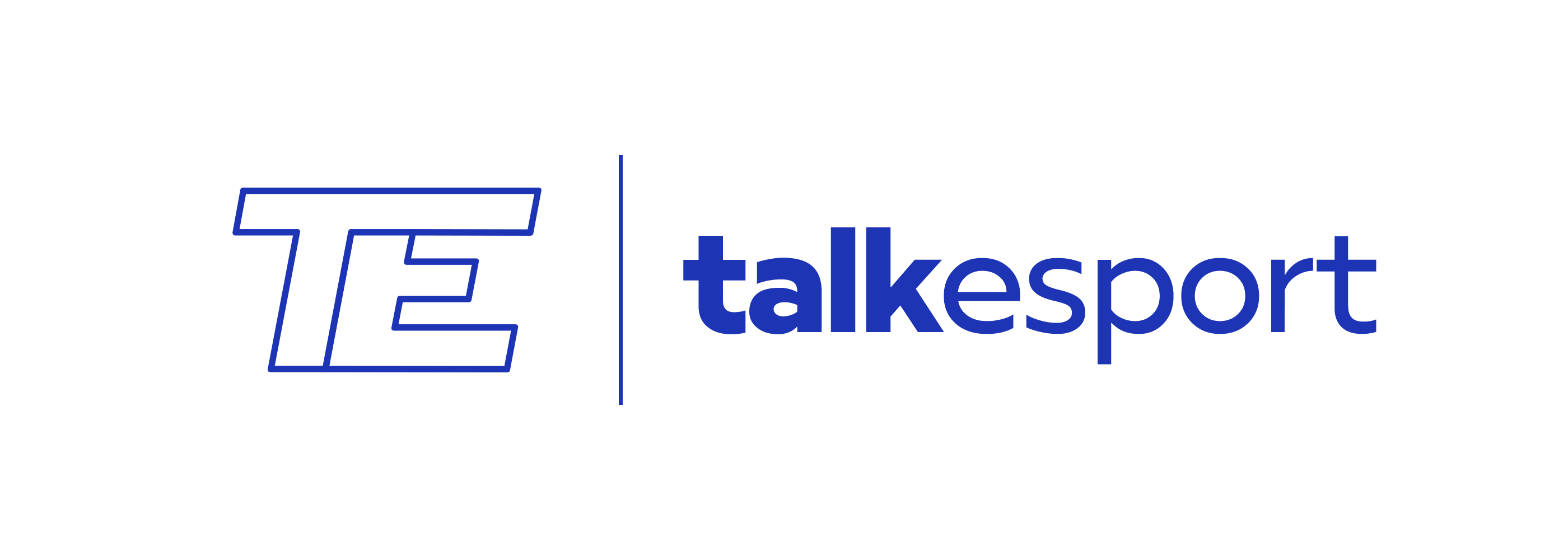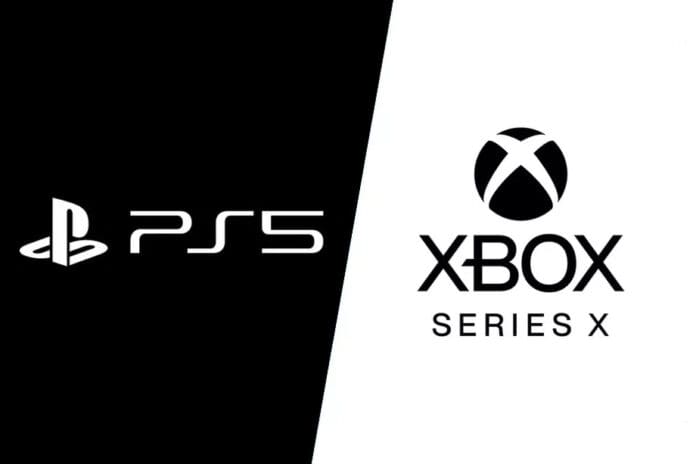After months of anticipation and rumors, this week both Microsoft and Sony revealed details about the upcoming Next-Gen Consoles. This time around both Sony and Microsoft are aiming for big performance uplift over the previous generation. Unlike the previous generation which only aimed for mid-tier pc like performance, the upcoming consoles are looking forward to having high-end pc performance.
Both PlayStation 5 and Xbox Series X will feature a custom APU with 8 core AMD Zen2 CPU and RDNA2 graphics with raytracing capabilities. Although on paper both consoles are using the same CPU and GPU architecture, the APU setup of both the consoles is way different.
A quick look over the specs will give Xbox an edge over PS in terms of raw power but one must remember that the real-world performance in consoles always depends upon optimization and OS. Let’s have a look into the specs and expand onto the performance capabilities of the upcoming consoles.
CPU

- Xbox Series X – 8x Zen 2 Cores at 3.8GHz (3.6GHz with SMT)
- PlayStation 5 – 8x Zen 2 Cores at 3.5GHz (variable frequency)
Xbox has a clear edge over PlayStation in terms of CPU speed. Even though both have the same Zen2 8 core CPU, the clock speeds on Xbox are higher with a fixed 3.8GHz speed ( 3.6GHz with SMT). Whereas Sony opted for variable speeds with up to 3.5GHz all-core boost with SMT always enabled.
GPU
:no_upscale()/cdn.vox-cdn.com/uploads/chorus_asset/file/19816310/ps5teraflops.0.jpg)
- Xbox Series X – 12 TFLOPs, 52 CUs at 1.825GHz, Custom RDNA 2
- PlayStation 5 – 10.28 TFLOPs, 36 CUs at 2.23GHz (variable frequency)
Again in terms of raw performance, Xbox again has a clear edge over PlayStation. With the 12TFLOPs on a 52 Compute Unit setup, the Xbox will easily handle upto 8K resolution and 4K 120Fps gaming. Raw power aside, the clock speeds on PlayStation’s 36 Compute Unit setup are higher and will translate to better frame times and in some cases more FPS at the same resolution.
Ram
- Xbox Series X- 16 GB GDDR6 320-bit, 10GB @ 560 GB/s, 6GB @ 336 GB/s
- PlayStation 5 – 16GB GDDR6 256-bit, 448GB/s
Both consoles feature similar 16GB GDDR6 memory, but the setup is drastically different. In the case of PlayStation, Sony follows the traditional unified memory setup with 448GB/s speed across the setup. Whereas in the case of Xbox, Microsoft used an untraditional memory setup where the 16GB GDDR6 memory is split in cluster of fast 10GB @ 560 GB/s and slightly slower 6GB @336GB/s. Talking about this unusual choice of split memory Microsoft said that the real-world performance will be similar to the unified setup and the developers will also have the ability to designate slower less complex work over to 6GB setup and keep the fast 10GB for complex and fast processes. Also, 2.5GB of slower 6GB memory will be reserved by the system at all times.
Storage
- Xbox Series X – 1 TB SSD, 2.4 GB/s (raw), 4.8 GB/s (compressed)
- PlayStation 5 – 825 GB SSD, 5.5 GB/s (raw), 8-9 GB/s (compressed)
Both the consoles will feature PCIe 4 NVMe SSDs. Here the difference lie in the implementation of the controller. Sony has opted for a custom 12 channel controller which enables PlayStation’s internal SSD to reach speeds as high as 22GB/s. Whereas, Microsoft has again opted for a constant speed setup with Xbox’s internal SSD fixed at 4.8 GB/s max speed. Clearly PlayStation will be faster in loading and overall OS speed, but one should remember the difference in speeds in real-world performance might only result in 0.4-0.6 sec faster loading on PS5 against Xbox Series X.
When compared to previous generations which featured slower SATA HDD setup, Next-Gen’s PCIe 4 NVMe SSD setup is way faster and fans of both consoles will see huge improvements in loading times and OS speeds.
Expandable Storage
- Xbox Series X – 1 TB Expansion Card and USB 3.2 External HDD Support
- PlayStation 5 – NVMe SSD Slot and USB HDD Support
Both consoles offer seamless storage expansion options. Although, Microsoft has opted for a proprietary Expansion Card tech which limits the ability to use off-the-shelf storage options. Sony played this one intelligently and will allow users to use any off-the-shelf PCIe 4 NVMe drive, although the performance will also depend on the quality of drive used.
Closing thoughts
Both the consoles are significantly better than the current generation consoles and offer enough performance uplift to warrant buying them over the current generation. The main selling point will come down to backward game compatibility and first-party exclusive games. The upcoming months will be exciting for gamers everywhere and with consoles also moving to newer technologies like faster PCIe 4 NVMe SSD, Raytracing, multi-core setup, etc; the game developers will be able to leverage these new technologies and efficiently use these resources to make a bigger and more detailed game environment which will offer a better overall gaming experience for everyone.


